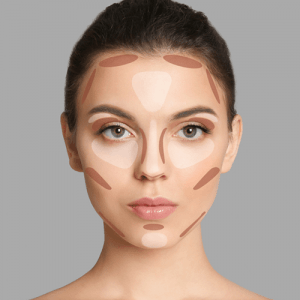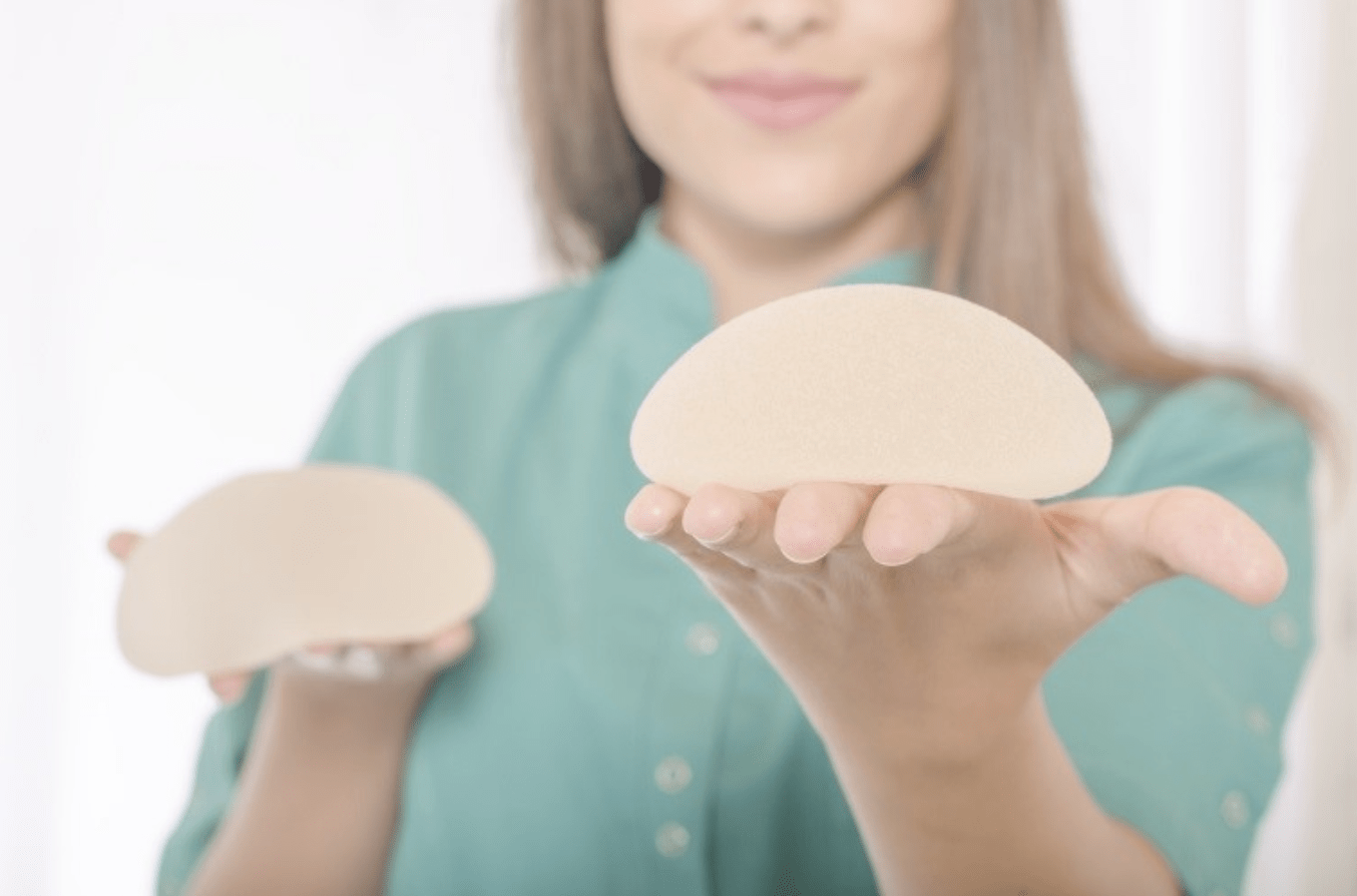Texturized implants were introduced to decrease the rate of capsular contracture “hardening” of the breast. It turns out, however, that the capsular contracture rate with texturized implants is the same as that of smooth walled implants. Furthermore, the failure rate of texturized implants is greater than that of smooth implants. Therefore, I see no reason to ever use them for breast augmentation.
About 30 years ago there were breast implants available covered in polyurethane sponge that were purported to have a lower capsular contracture rate than conventional smooth walled implants. The sponge covering was irregular and thought to play a role in the way that capsules formed around the implant, in this case, favorable relative to capsular contracture. They were eventually taken off the market for a variety of reasons. I doubt they had much influence on the capsular contracture rate anyway.
Breast implant manufacturers thought that mimicking the surface characteristics of the polyurethane sponge covered implants on to silicone walled implants might favorably affect the capsular contracture rate. For this reason, these implants were brought to market. I used them preferentially for a number of years.
After a while I noticed I was witnessing a much higher incidence of failed implants from the texturized family. Somewhat later a study reviewing the performance of texturized implants demonstrated that they indeed did have a higher failure rate.
Implants fail most of the time from silicone shell fatigue as a paperclip will fail if you bend the metal back-and-forth a number of times. When one opens the pocket housing a smooth walled implant there is no connection between the capsule in the implant. When one opens the pocket of texturized implant there is adherence of the capsule to the texturized silicone shell. This attachment puts more stress on the shell of the implant leading to higher failure rate.
If you are considering breast implants, I would encourage you to discuss all of your options with your plastic surgeon. Together, you can decide on the best course of treatment to meet your objectives and goals.
















